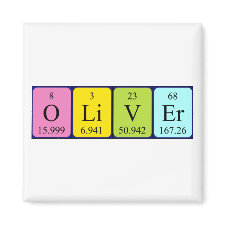
Authors: Latif U, Can S, Hayden O, Grillberger P, Dickert FL
Article Title: Sauerbrey and anti-Sauerbrey behavioral studies in QCM sensors - Detection of bioanalytes.
Publication date: 2013
Journal: Sensors and Actuators B: Chemical
Volume: 176
Page numbers: 825-830.
DOI: 10.1016/j.snb.2012.09.064
Alternative URL: http://www.sciencedirect.com/science/article/pii/S092540051200977X
Abstract: Quartz crystal microbalance (QCM) sensors have been designed for a number of analytes i.e. from proteins to cells and pollen by combining these gravimetric detectors with different recognition materials. These functionalized materials are tuned for the rapid online analysis of bioanalytes in the sizes ranging from few nanometers up to several micrometers. Sauerbrey and anti-Sauerbrey behavior of QCM sensors, attributed to interaction behavior of targeted bioanalytes with sensitive layer, enable us to differentiate between proteins on the basis of their adaptation to their antibodies. Sesame allergen protein is detected by substantial mass effect, whereas, anti-Sauerbrey effect is observed while exposing to almond allergen protein. Single or duplex yeast cells can be screened on the basis of positive or negative frequency shifts of QCM sensors. Moreover, damping spectra corroborate these findings when hollows perfectly bind tightly the target analytes. A porous polymer material with monodisperse cavities on entire surface has been developed, which can differentiate between tumor cells and organelles. Moreover, structuring of polymers has been performed even by pollen grains of μm range diameters. Patterning favors pollen reinclusion which results in Sauerbrey behavior, whereas flat polymer surfaces show the opposite finding. Thus, tight binding of analytes results in frequency diminishing whereas surface mobility of adhered particles will result in anti-Sauerbrey behavior
Author keywords: Protein detection, Yeast cells, HeLa cell, Pollen grains, biosensor, quartz crystal microbalance (QCM), Mass-sensitive detection



Join the Society for Molecular Imprinting

New items RSS feed
Sign-up for e-mail updates:
Choose between receiving an occasional newsletter or more frequent e-mail alerts.
Click here to go to the sign-up page.
Is your name elemental or peptidic? Enter your name and find out by clicking either of the buttons below!
Other products you may like:
 MIPdatabase
MIPdatabase









